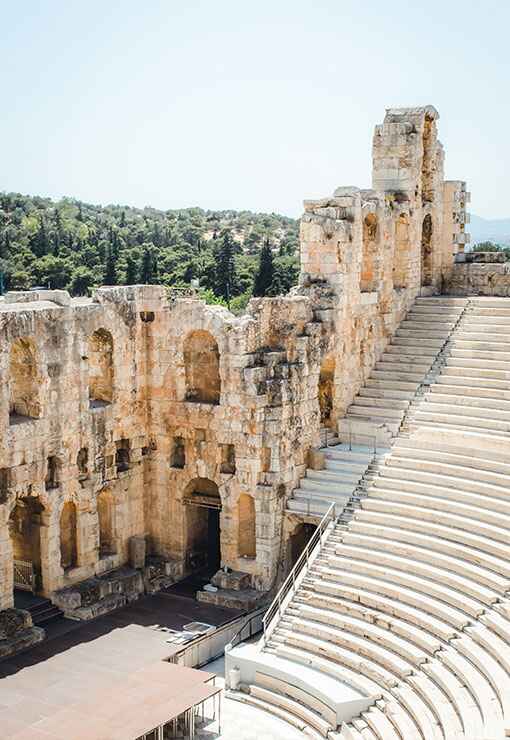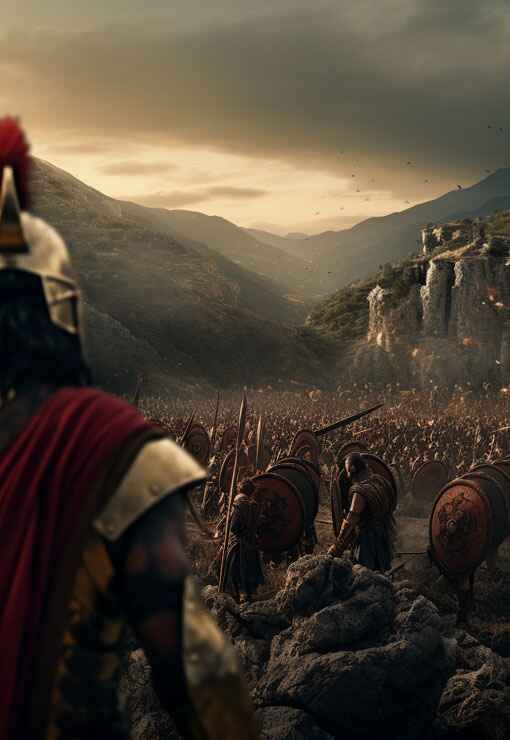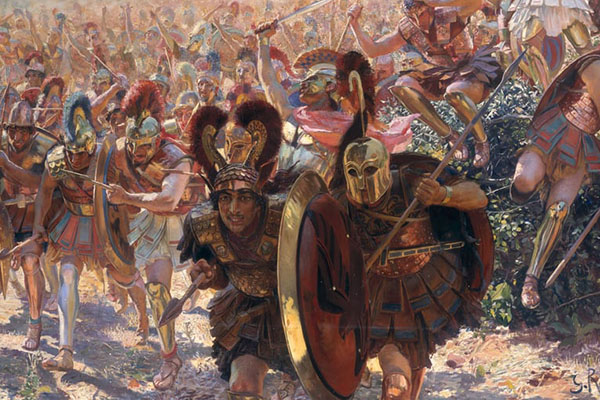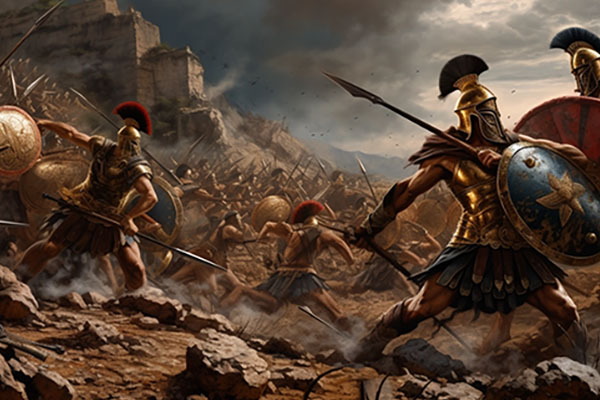The Battle of Thermopylae, fought in 480 BC during the Second Persian Invasion of Greece, is one of history's most famous last stands. King Leonidas of Sparta led a small Greek force, including 300 Spartans, against the vastly larger Persian army under Xerxes I at the narrow pass of Thermopylae.
Despite their valiant resistance and strategic use of the terrain, the Greeks were ultimately overwhelmed after being betrayed by Ephialtes, who revealed a hidden path to the Persians. The stand at Thermopylae, however, delayed the Persian advance and provided a symbol of courage and sacrifice, inspiring Greek unity and resistance throughout the remainder of the Greco-Persian Wars.
The legacy of Thermopylae endures as a testament to the bravery and determination of the outnumbered Greek forces, particularly the Spartans, who chose to fight to the death rather than surrender. This battle remains a poignant example of strategic defense and heroism against overwhelming odds.
| Start Date | 480 BC |
|---|---|
| End Date | 480 BC |

Did you
know?
Did you know? The phrase "Hot Gates" refers to the narrow pass of Thermopylae, named for its hot sulfur springs and the site's strategic importance in ancient Greek warfare.
Wars
View allALLFurther Reading
Art &
Architecture
Ancient Greek art and architecture, with its harmonious proportions and timeless elegance, continue to inspire awe and admiration millennia later.
Discover
Greek Mythology & Mythical Characters
Greek mythology, a rich tapestry of gods, heroes, and mythical creatures, captivates the imagination with its tales of love, betrayal, and epic adventures that delve into the depths of the human psyche.
Discover
Ancient Greek History
Ancient Greek history, marked by remarkable achievements in democracy, philosophy, and warfare, shaped the foundation of Western civilization, leaving an indelible legacy of innovation and cultural influence that continues to resonate to this day.
Discover
Ancient Greek Olympics
The ancient Greek Olympics, held in Olympia every four years, celebrated athleticism, unity, and cultural pride, serving as a testament to the enduring spirit of competition and excellence that transcends time and borders.
Discover
Ancient Greek Wars
Ancient Greek wars, such as the Persian Wars and the Peloponnesian War, were pivotal conflicts that shaped the course of history, highlighting the struggle for power, independence, and the clash of civilizations in the ancient Mediterranean world.
Discover
Ancient Greek Culture and Society
Ancient Greek culture and society, characterized by its emphasis on art, philosophy, and civic engagement, fostered a vibrant intellectual and social landscape where innovation flourished, democracy thrived, and the pursuit of knowledge and excellence was celebrated as fundamental values of civilized life.
Discover


